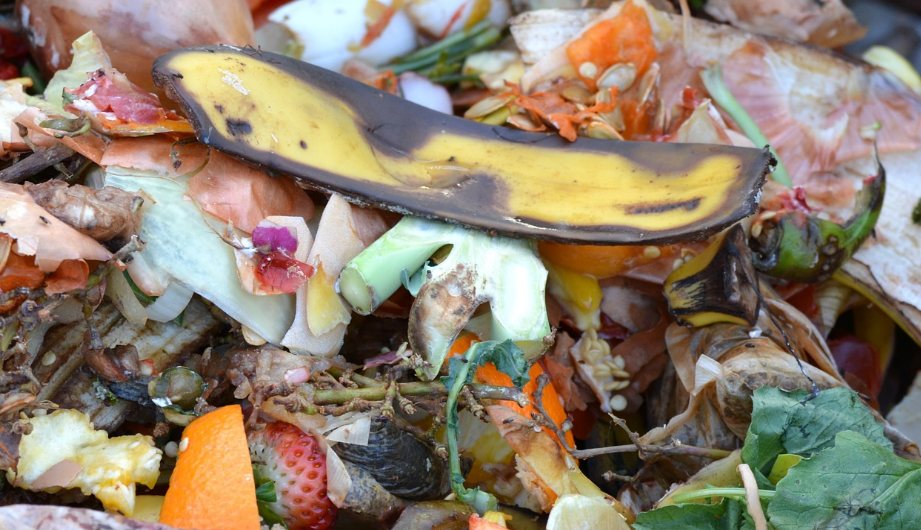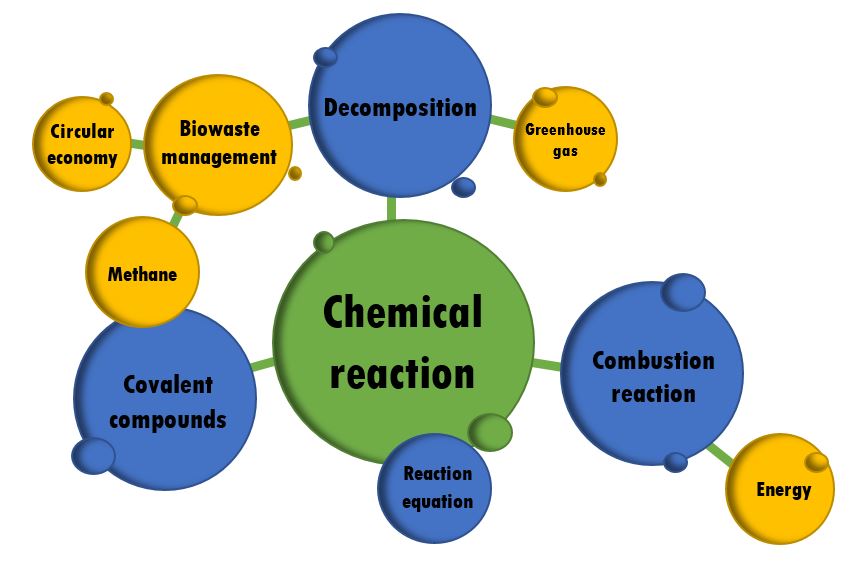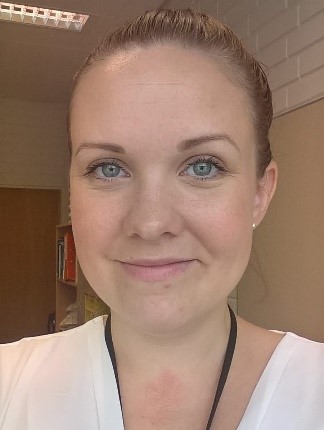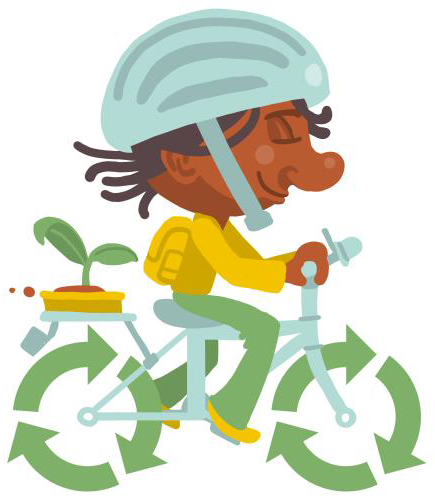
How I use sustainability as a theme when teaching chemistry
Every student in vocational education in Finland has to do one competence points from chemical phenomena and their application. One competence point is about 18 hours of work. The curriculum for teaching chemistry says that: The students must know how to take into account chemical substances and their properties in their work and assess their chemistry skills in the vocational field. Key concepts are to understand chemical phenomena (such as chemical bonding and chemical reactions), the chemical properties (such as flammability, reactivity and toxicity of a substances) and possible environmental risks of the most common chemical substances used in the vocational field. In Vamia there are four pedagogical themes: energy, Lean, entrepreneurship and internationality. Sustainable development is listed as one of the subtheme in energy.
How do I integrate sustainable development when teaching chemistry?

“Did you ride the bus to school today? Was it a biogas bus?”
Photo: City of Vaasa / Mikael Matikainen
When teaching chemistry in our vocational institution I usually try to find examples from the students’ own field or from the students’ everyday life. Sometimes I use examples that are somehow related to the businesses that are in Vaasa. It is quite easy to integrate sustainable development to chemistry.
Two important topics are how different compounds are formed between atoms and chemical reactions. The basics of these are already taught in junior high school so usually it’s just a short review that then introduces the students to further information on the topics. The key thing is to find examples about these topics in the students’ own fields.
Case example
There are three different strong bonds between atoms: ionic, covalent and metallic bond. In covalent compound, atoms are sharing of electron pairs between them. When I teach this, I use the formation of methane as an example. Methane is an example of a covalent compound between carbon atom and four hydrogen atoms. Carbon shares electrons between the hydrogen atom and hydrogen does the same to achieve an octet.

Decomposition and greenhouse gas

When anaerobic decomposition of organic matter, for example food waste, happens, the product is a mixture of carbon dioxide, methane and other gases. That is called biogas. Biogas is a mixture of gases primarily consisting of methane.
Methane is a harmful greenhouse gas and, according to Environmental Defence Fund, it is over 80 times more potent than carbon dioxide at trapping heat in the atmosphere and therefore sets the pace for global warming
Combustion reaction
When methane burns, the burning products are carbon dioxide and water. This forms energy.
The chemical equation for methane burning is

So, how does this relate to buses in Vaasa?
Stormossen is a waste management centre owned by six municipalities in Ostrobothnia. Stormossen collects all sorts of waste from households and companies in Vaasa. They look after the recycling and they refine waste into commercial products. Cooperation with the customer, Stormossen improves the quality of sorting and reduces the amount of waste. Stormossen’s business is an example of a circular economy. They collect biowaste to make sludge and convert it into compost soil and biogas fuel.

Photo: Stormossen
That biogas is used in biogas buses in Vaasa. There are 12 new biogas buses. The buses consume about one third of the biogas that is produced in Stormossen. Besides fuelling the 12 buses, there is enough gas produced for about 1000 cars. Using biogas rather than fossil fuels reduces the greenhouse gas emission.
Stormossen biowaste plant 2020
Recycling the biowaste separately affects the energy production in combustible waste positively. Because biowaste does not burn as effectively, the energy production of combustible waste is decreased if biowaste is mixed in with other, more efficiently burning, waste.
Teaching all of the above to our students covers many topics within the field of chemistry and sustainable development and the students also learn about the local services.

This topic is just a one example how I integrate sustainable development to chemistry. Other topics include plastic, energy sources and rare metals used in technology.
Another subject that I teach is mathematics and it is easy to integrate elements of sustainable development to that too. For example when using an ecological footprint calculator, you need to be able to assess your own consumption of water, electricity and other things.
References
Stormossen
https://www.stormossen.fi/en/frontpage/
Methane: A crucial opportunity in the climate fight (2021)
https://www.edf.org/climate/methane-crucial-opportunity-climate-fight
In Finnish: Vaasa – Kotitalouksien biojätteet ja lietteet hyödynnetään joukkoliikenteen ja yksityisautojen biopolttoaineena (2019)
https://www.kuntaliitto.fi/yhdyskunnat-ja-ymparisto/ymparisto/kiertotalous/kuntien-kiertotaloustarpit/vaasa
Article by

Misa Muotio
Vamia, Finland


